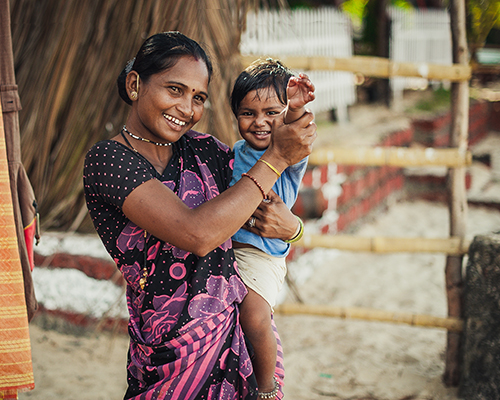Conducting Evaluation Studies for the Breaking the Barrier (BTB) project in selected districts of Karnataka, Telangana, Bihar, and Assam
Breaking the Barrier (BTB), a community engagement project, was meant to accelerate TB elimination efforts in India. Funded by the United States Agency for International Development (USAID/India), the project adopted an operational behavior model tailored to each vulnerable population group to promote their self-esteem, self-efficacy, and knowledge of tuberculosis (TB).
This project was also meant to recognize enablers and the barriers behind the health-seeking behaviors in these communities and how stigma and discrimination impede health-seeking and medication adherence among infected subjects. The project was implemented in vulnerable communities across Karnataka, Telangana, Bihar, and Assam by Karnataka Health Promotion Trust (KHPT).
Sambodhi, as the evaluation partner, adopted a mixed-methods approach to evaluate the program’s effect. The evaluations helped map out the causal chain from inputs to outcomes and impact and test the underlying assumptions articulated through a Theory of Change. Considering the project’s expanse, the evaluation conducted three studies. Each of the three studies captured an aspect of the campaign, and their results were triangulated with each other to answer the research questions.
Under the quantitative component, a sample of 3,240 respondents from vulnerable groups and 2,100 tuberculosis patients was interviewed across 30 sampled clusters using Polling Booth Survey and structured one-on-one interviews, respectively. Polling booth survey helps overcome social desirability bias and minimizes the chances of the interviewer influencing participant responses while facilitating quick data collection.
Under qualitative components, around 210 qualitative narratives were captured using in-depth interviews, stakeholder consultations, and focus group discussions with program team members, health care providers, care support group members, family members of tuberculosis patients, tuberculosis patients under treatment, and vulnerable groups.
Sambodhi analyzed the collected data. Quantitative data were analyzed using Stata 13, and findings were collated in baseline and endline reports, demonstrating the program’s effectiveness and impact. The proposed evaluation generated empirical evidence and added to the existing knowledge about the effectiveness of similar interventions. The results of this evaluation had multiple implications – from a research perspective, future studies in this thematic area referred to methods used by the evaluation.
From an intervention perspective, findings from the evaluation helped KHPT implement course corrections. From a donor perspective, the evaluation informed the USAID team of the effectiveness of KHPT’s program in the Indian context.

